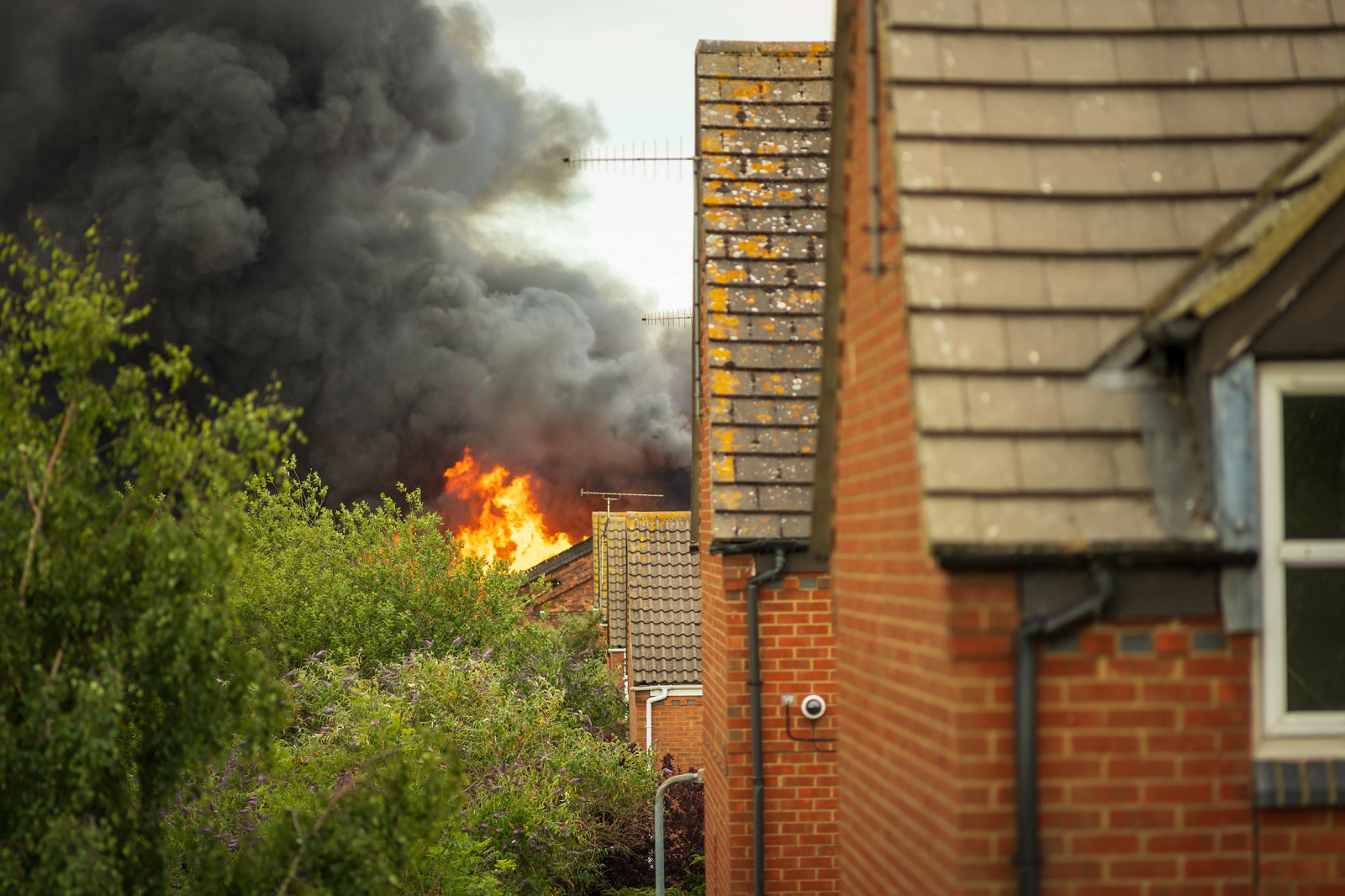Why Would You Use Low Smoke Cable?
What’s special about low smoke cable, and where would you use it?
The short answer is that low smoke zero halogen (LSOH) cables are designed to reduce the risk of smoke and toxic acid gas produced during a fire. These hazards can be more damaging than flames, particularly in the early stages of a fire when the occupants of a building are trying to make their escape. Recent government statistics revealed that the number of people ‘Overcome by gas or smoke’ accounted for 30% of fire-related fatalities. To minimise the risk, LSOH cables should be installed in areas where smoke and acid gas could pose a major hazard to people in buildings such as offices, tower blocks, council housing developments, train stations and airports.
For cables to be recognised as low smoke zero halogen, they should meet the requirements set out in British Standards BS EN 61034-2 for smoke emission and BS EN 60754-1 for corrosive and acid gas.
One particular type of LSOH cable is Prysmian 6242B, which is part of the twin and earth electrical cable family. It is designed for use in light industrial and domestic fixed wiring installations. However, it is sometimes criticised for being stiff and difficult to strip, which is why conventional PVC cables are often the preferred option for wiring installations. It is important to note, however, that in areas where smoke and acid gas could potentially cause serious hazards during a fire, PVC can pose a major health and safety risk.
When conventional PVC cables burn in a fire, they produce a thick, black smoke, which easily obscures exit routes and emergency signs, and prevents occupants from leaving the building safely. Additionally, the toxic acid gases generated from these burning cables can be extremely harmful. One such gas is hydrogen chloride, which can cause debilitating burns if it comes into contact with the eyes or skin. Additionally, if inhaled, it can irritate the throat lining by dissolving to form acid, making it very difficult to breathe.
Hydrogen chloride gas can also damage sensitive electrical equipment – this is even after the fire is contained and extinguished. This is because hydrogen chloride gas is corrosive and will attack metals such as aluminium, copper and steel. When the gas makes contact with an electrical circuit, it will quickly corrode the copper causing the circuit to fail.
During a fire, LSOH cables emit less than 0.5% hydrogen chloride and releases a small amount of white smoke. This allows the occupants to exit a burning building more safely and give fire-fighters clearer access to fight the flames.
Are LSOH cables resistant to fire?
It is important to remember that low smoke cable is not another way of saying fire resistant. The cable will still burn during a fire, but its flame-retardant properties are designed to slow down the spread of fire into a new area of the building. The self-extinguishing materials in the cable’s design reduces the propagation of flames, which is the outward spread of the flame from the point of where the combustion started.
Cables with flame retardant properties are not designed to perform during a fire and will typically fail, which makes them ideal for non-emergency circuits such as everyday lighting and power sockets. Cables used in emergency lighting systems, fire alarms and other life safety and fire fighting systems should be fire resistant.
Prysmian LSOH cable

Prysmian 6242B is available in a range of conductor sizes: 1.5 mm², 2.5mm², 4 mm², 6 mm², 10 mm² and 16 mm². The cable has a flat twin insulated core with bare CPC, and can be installed as clipped direct, on tray or in basket, and buried within plaster or embedded in walls.
Prysmian 6242B cable is flame retardant and is tested in accordance with BS EN 60332-1 – an international standard that refers to the spread of flame for electrical and optical fibre cables under fire conditions. It also meets the requirements set out in BS EN 61034-2 and BS EN 60754-1 – ensuring its reliability as a low smoke cable.
In summary, 6242B and other LSOH cables are specially designed to reduce smoke and toxic acid gas emissions during a fire, making them vital for public buildings where the safe evacuation of occupants is critical.
Find out more about Prysmian twin and earth electrical cable.



